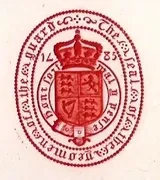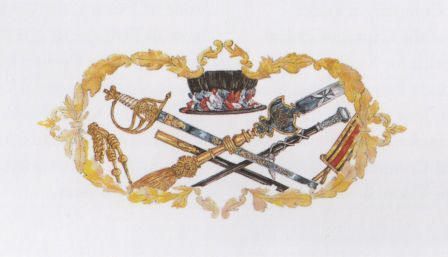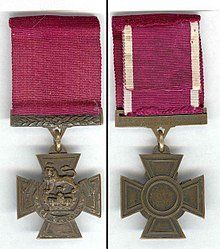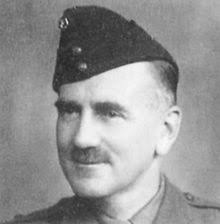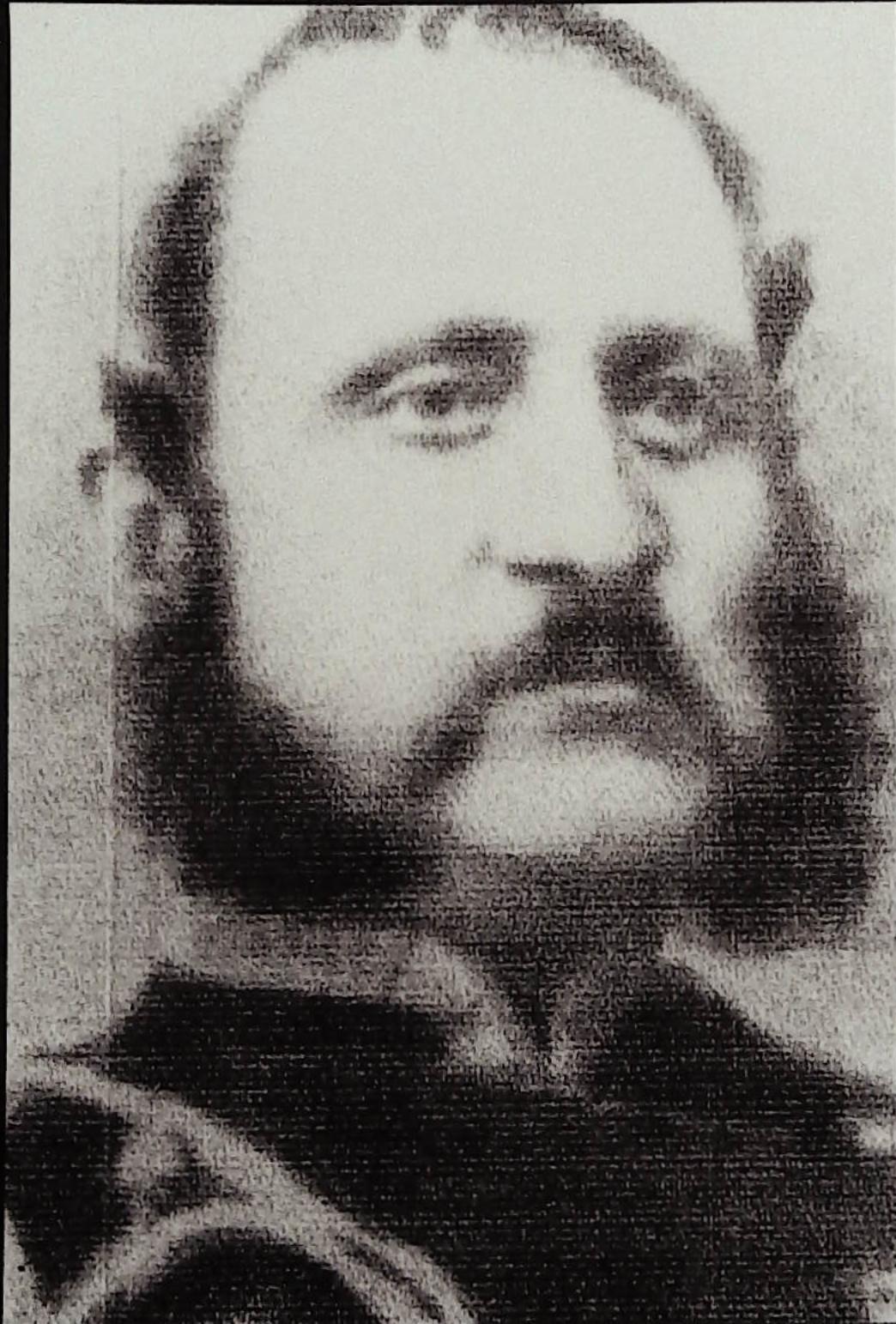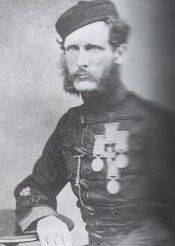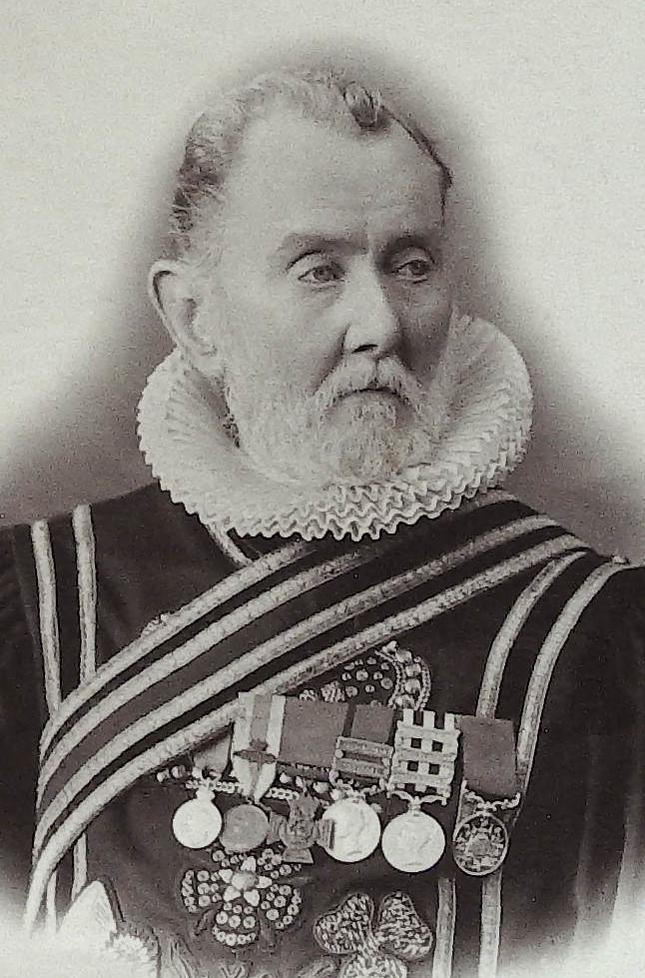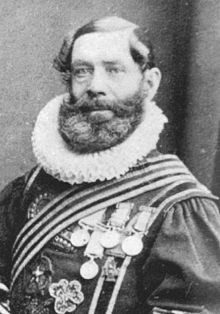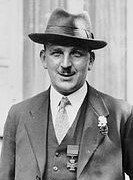From the VC&GC Association website. The Victoria Cross was instituted by Queen Victoria in 1856. It was created by Royal Warrant, signed on 29th January, and Her Majesty took a great personal interest in all the detail surrounding it including the design of the medal itself.
The Royal Warrant for the institution of the Victoria Cross made no provision for it to be awarded posthumously. However, in 1902 an exception was made for six men who had died as a result of the gallant action during the Boer War. Thereafter, in 1907, six more individuals who had died in earlier campaigns were posthumously recognised. It had been stated in the Memorandum in the London Gazette, at the time that the death of each had been reported, that had they lived they would have been awarded the Victoria Cross. Thereafter, the award was made posthumously as well as to the living and the Royal Warrant was amended in 1920 to allow for this. However, the Royal Warrant did make provision for ballots to be held to nominate an individual to be awarded. Until 1918 this method for nomination was used when a Company had performed in a particularly heroic manner and wished to elect one of their number to be put up for the award. In the Indian Mutiny 46 were elected to receive the Victoria Cross under these circumstances.
Provision was also made in the Royal Warrant for forfeiture of the award. Initially any holder who was convicted of a criminal offence lost the award by this provision - eight men so did. However, it is well known from a letter written by his Private Secretary, Lord Stamfordham, on 26th July 1920, that King George V "feels so strongly that, no matter what the crime committed by anyone on whom the Victoria Cross has been conferred, the decoration should not be forfeited. Even were a Victoria Cross to be sentenced to be hanged for murder, he should be allowed to wear the Victoria Cross on the scaffold." This 1908 power to cancel and restore awards, although still included in the Royal Warrant that instituted the Victoria Cross, it has not been exercised.
